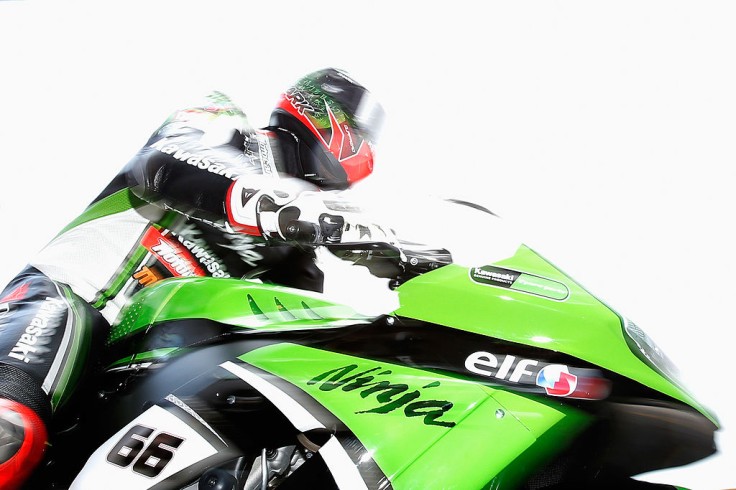
Kawasaki and Honda have consistently offered powerful, reliable, and durable motorcycles. Kawasaki is rolling out their Ninja ZX-4R and Honda has its 2021 CBR600RR and both models offer performance at their best.
ZX-4R and 2021 CBR600RR Power Engine
Expect the Kawasaki motorcycle to be powered by a high-revving inline four-cylinder motor with a displacement of 400cc. As to how it will look on the motorcycle, by enlarging the bore of the ZX-25R design, it fits that engine while also adding a new set of crank and pistons, Rushlane says.
The ZX-4R could likely churn out 65 bhp compared to the smaller ZX-25R model.
Kawasaki Ninja ZX-4R - You are probably imagining it correctly.
— PowerDrift (@PowerDrift) May 20, 2021
ZX-25R's bigger sibling with a 400cc inline-4 engine that can make you go weak in the knees just by the thought of it.
A little birdie says that Kawasaki has the bike in development but everything is hush-hush. pic.twitter.com/WyCAS99IVE
The CBR600RR is housing a 4.8-gallon fuel tank in the center of the chassis and low in the frame. Honda explains that this allows for a more compact design but more importantly, this helps centralize the bike's mass. The increased mass centralization allows the CBR to offer a more responsive input for the rider, especially when leaning the bike into a turn or standing it up at the exit.
You get two sets of injectors per cylinder that ensure both low- and high-rpm performance. Honda promises near-instantaneous high-rpm response along with great low-rpm metering and clean running.
Kawasaki Ninja ZX-4R vs. 2021 Honda CBR600RR: Design and Other Specs Differences
The new model in the ZX lineup by Kawasaki is going to most likely resemble its sibling the ZX-25R which debuted last year. It's rumored that it will be housing an integrated duct that would redirect air around the radiator, header pipes, and directly to the engine.
The ZX-4R is also reported to include inverted forks at the front, a linked mono-shock at the back, twin front discs, a single disc at the rear, and twin front discs with radial calipers. It should also sport a bi-directional quick-shifter, traction control system, and multiple riding modes.
To be able to handle the extra power and optimize performance, the ZX-4R could be equipped with more premium hardware.
2021 Honda CBR600RR First Look Preview https://t.co/oL2idozWyL pic.twitter.com/3O5KQP31Iq
— Motorcyclist (@MotorcyclistMag) September 28, 2020
The CBR600RR on the other hand boasts that the aluminum chassis and premium suspension "precisely connects you with the road like nothing else," Honda says. It also comes in the new Grand Prix Red Tricolor paint scheme.
A nose-mounted, two-stage ram air system provides a high volume of cool air to the airbox allowing linear power delivery and superb engine performance.
You also get radial-mounted monoblock front-brake calibers which use four chromium-plated aluminum pistons making it feel smooth. This offers a better brake feel for more linear and powerful stopping.
The Honda motorcycle is also fitted with 12-spoke cast-aluminum wheels offering consistent rigidity and balance. The wheels work with the fork and enhance suspension feedback to deliver real handling improvements, Honda adds.
Honda also takes pride in the Honda Electronic Steering Damper (HESD) that they say is more sophisticated than most steering pampers that only sense handlebar-deflection speed. Honda also has its multi-action System (HMAS) inverted fork that features an exclusive internal piston construction, resulting in more precise suspension performance, especially over smaller surface irregularities.









